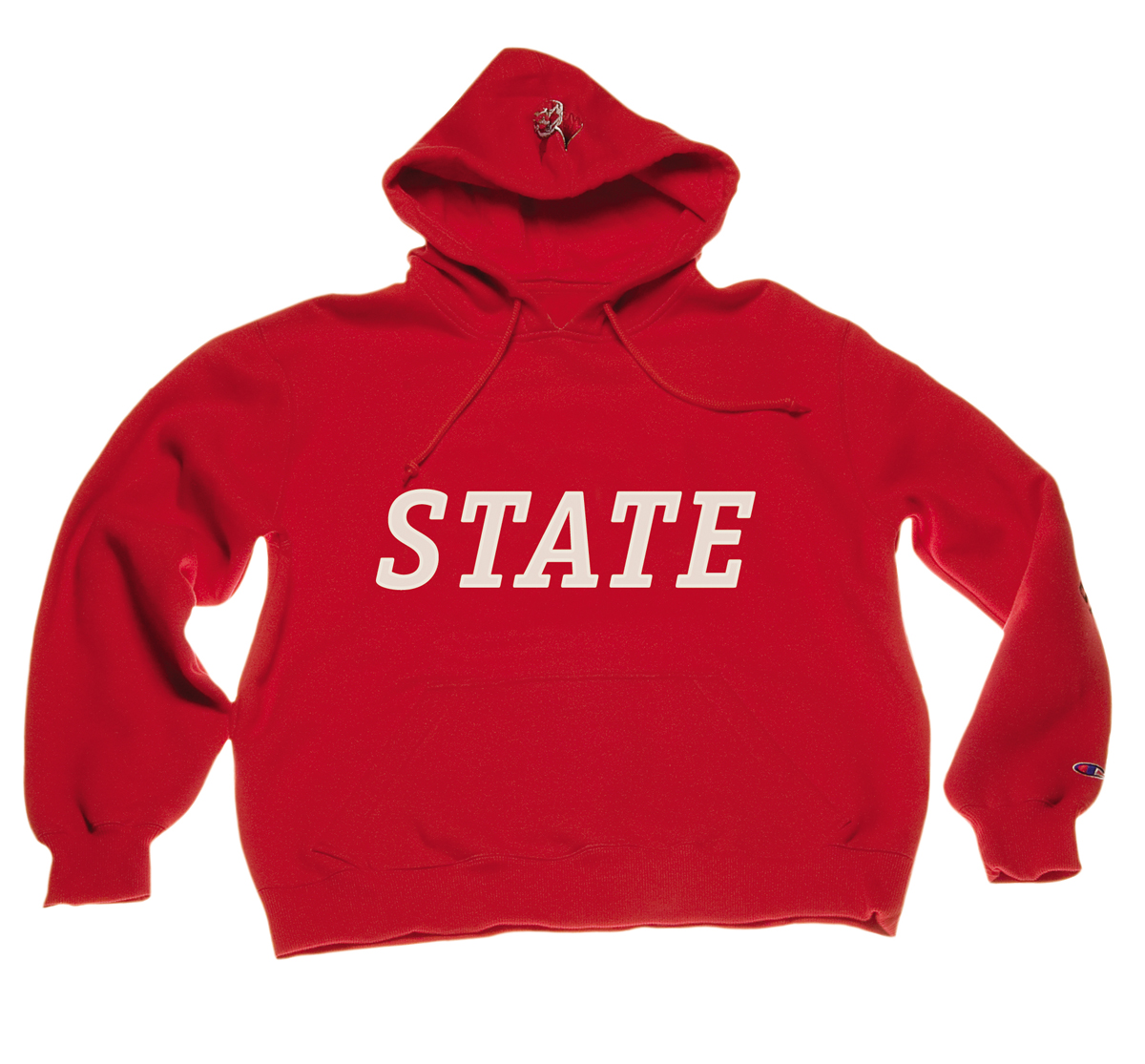Individual Choice: The Core of Economics
Economics is the study of scarcity and choice.
Individual choice is decisions by individuals about what to do, which necessarily involve decisions about what not to do.
An economy is a system for coordinating a society’s productive and consumptive activities.
In a market economy, the decisions of individual producers and consumers largely determine what, how, and for whom to produce, with little government involvement in the decisions.
In a command economy, industry is publicly owned and a central authority makes production and consumption decisions.
Economics is the study of scarcity and choice. Every economic issue involves, at its most basic level, individual choice—decisions by individuals about what to do and what not to do. In fact, you might say that it isn’t economics if it isn’t about choice.
Step into a big store such as Walmart or Target. There are thousands of different products available, and it is extremely unlikely that you—
The fact that those products are on the shelf in the first place involves choice—
An alternative to a market economy is a command economy, in which industry is publicly owned and there is a central authority making production and consumption decisions. Command economies have been tried, most notably in the Soviet Union between 1917 and 1991, but they didn’t work very well. Producers in the Soviet Union routinely found themselves unable to produce because they did not have crucial raw materials, or they succeeded in producing but then found that nobody wanted what the central authority had them produce. Consumers were often unable to find necessary items—
Incentives are rewards or punishments that motivate particular choices.
At the root of the problem with command economies is a lack of incentives, which are rewards or punishments that motivate particular choices. In market economies, producers are free to charge higher prices when there is a shortage of something, and to keep the resulting profits. High prices and profits provide incentives for producers to make more of the most-
In fact, economists tend to be skeptical of any attempt to change people’s behavior that doesn’t change their incentives. For example, a plan that calls on manufacturers to reduce pollution voluntarily probably won’t be effective; a plan that gives them a financial incentive to do so is more likely to succeed.
Property rights establish ownership and grant individuals the right to trade goods and services with each other.
Property rights, which establish ownership and grant individuals the right to trade goods and services with each other, create many of the incentives in market economies. With the right to own property comes the incentive to produce things of value, either to keep, or to trade for mutual gain. And ownership creates an incentive to put resources to their best possible use. Property rights to a lake, for example, give the owners an incentive not to pollute that lake if its use for recreation, serenity, or sale has greater value.
Marginal analysis is the study of the costs and benefits of doing a little bit more of an activity versus a little bit less.
In any economy, the decisions of what to do with the next ton of pollution, the next hour of free time, and the next dollar of spending money are marginal decisions. They involve trade-
All economic activities involve individual choice. Let’s take a closer look at what this means for the study of economics.
Resources Are Scarce
You can’t always get what you want. Almost everyone would like to have a beautiful house in a great location (and help with the housecleaning), two or three luxury cars, and frequent vacations in fancy hotels. But even in a rich country like the United States, not many families can afford all of that. So they must make choices—
AP® Exam Tip
Students of microeconomics should pay close attention to marginal analysis, as it is often tested on the AP® exam. Any time you see “additional,” think “marginal.”
AP® Exam Tip
Be careful when you see key terms you think you already know, because economists have special meanings for many terms. For example, scarcity is about more than just a limited amount of a good. For an economist, scarcity involves trying to satisfy unlimited consumer wants with limited resources. The difference is the relationship to unlimited consumer wants.
Limited income isn’t the only thing that keeps people from having everything they want. Time is also in limited supply: there are only 24 hours in a day. And because the time we have is limited, choosing to spend time on one activity also means choosing not to spend time on a different activity—
A resource is anything that can be used to produce something else.
Land refers to all resources that come from nature, such as minerals, timber, and petroleum.
Labor is the effort of workers.
Capital refers to manufactured goods used to make other goods and services.
Entrepreneurship describes the efforts of entrepreneurs in organizing resources for production, taking risks to create new enterprises, and innovating to develop new products and production processes.
A scarce resource is not available in sufficient quantities to satisfy all the various ways a society wants to use it.
Why do individuals have to make choices? The ultimate reason is that resources are scarce. A resource is anything that can be used to produce something else. The economy’s resources, sometimes called factors of production, can be classified into four categories: land (including timber, water, minerals, and all other resources that come from nature), labor (the effort of workers), capital (machinery, buildings, tools, and all other manufactured goods used to make other goods and services), and entrepreneurship (risk taking, innovation, and the organization of resources for production). A resource is scarce when there is not enough of it available to satisfy the various ways a society wants to use it. For example, there are limited supplies of oil and coal, which currently provide most of the energy used to produce and deliver everything we buy. And in a growing world economy with a rapidly increasing human population, even clean air and water have become scarce resources.
AP® Exam Tip
Questions on the AP® exam generally use the term capital to refer to the category of factors of production made up of manufactured goods used to make other goods and services. Don’t confuse this type of capital with financial capital such as money, stocks, and bonds.
Just as individuals must make choices, the scarcity of resources means that society as a whole must make choices. One way for a society to make choices is simply to allow them to emerge as the result of many individual choices. For example, there are only so many hours in a week, and Americans must decide how to spend their time. How many hours will they spend going to supermarkets to get lower prices rather than saving time by shopping at convenience stores? The answer is the sum of individual decisions: each of the millions of individuals in the economy makes his or her own choice about where to shop, and society’s choice is simply the sum of those individual decisions.
For various reasons, there are some decisions that a society decides are best not left to individual choice. For example, two of the authors of this book live in an area that until recently was mainly farmland but is now being rapidly built up. Most local residents feel that the community would be a more pleasant place to live if some of the land were left undeveloped. But no individual has an incentive to keep his or her land as open space, rather than sell it to a developer. So a trend has emerged in many communities across the United States of local governments purchasing undeveloped land and preserving it as open space. Decisions about how to use scarce resources are often best left to individuals, but sometimes should be made at a higher, community-
Opportunity Cost: The Real Cost of Something Is What You Must Give Up to Get It
The real cost of an item is its opportunity cost: what you must give up in order to get it.
Suppose it is the last term before you graduate from high school and you must decide which college to attend. You have narrowed your choices to a small liberal arts college near home or a large state university several hours away. If you decide to attend the local liberal arts college, what is the cost of that decision? Of course, you will have to pay for tuition, books, and housing no matter which college you choose. Added to the cost of choosing the local college is the forgone opportunity to attend the large state university, your next best alternative. Economists call the value of what you must give up when you make a particular choice an opportunity cost.

Opportunity costs are crucial to individual choice because, in the end, all costs are opportunity costs. That’s because with every choice, an alternative is forgone—
The park and school examples show that economists are concerned with more than just costs paid in dollars and cents. The forgone opportunity to do homework has no direct monetary cost, but it is an opportunity cost nonetheless. And if the local college and the state university have the same tuition and fees, the cost of choosing one school over the other has nothing to do with payments and everything to do with forgone opportunities.
Now suppose tuition and fees at the state university are $5,000 less than at the local college. In that case, what you give up to attend the local college is the ability to attend the state university plus the enjoyment you could have gained from spending $5,000 on other things. So the opportunity cost of a choice includes all the costs—

The choice to go to college at all provides an important final example of opportunity costs. High school graduates can either go to college or seek immediate employment. Even with a full scholarship that would make college “free” in terms of monetary costs, going to college would still be an expensive proposition because most young people, if they were not in college, would have a job. By going to college, students forgo the income they could have earned if they had gone straight to work instead. Therefore, the opportunity cost of attending college is the value of all necessary monetary payments for tuition and fees plus the forgone income from the best available job that could take the place of going to college.
For most people the value of a college degree far exceeds the value of alternative earnings, with notable exceptions. The opportunity cost of going to college is high for people who could earn a lot during what would otherwise be their college years. Basketball star LeBron James bypassed college because the opportunity cost would have included his $13 million contract with the Cleveland Cavaliers and even more from corporate sponsors Nike and Coca-